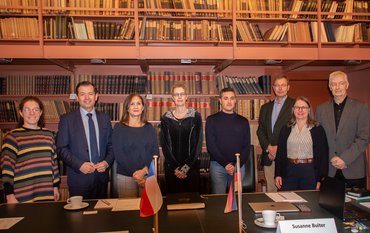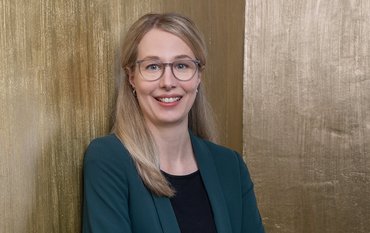The satellite mission GRACE-FO (Gravity Recovery and Climate Experiment Follow-On) will conduct extremely precise measurements of the Earth’s gravity field. In preparation for the launch now a crucial step has been done. On December 12 the twin satellites were delivered by air cargo to the Vandenberg Airforce Base in California. They are set to launch into space on board of a Falcon-9 by SpaceX in spring 2018. GRACE-FO is a joint mission of NASA´s Jet Propulsion Laboratory (JPL) in Pasadena and GFZ in Potsdam. The satellites have been built by Airbus Defence and Space in Friedrichshafen und were subsequently tested under space conditions by IABG in Ottobrunn.
GRACE-FO is the successor of the very successful mission GRACE, where GFZ is also involved. It was launched in March 2002 and active for 15 years until fall 2017. It provided valuable data more than 10 years beyond its intended lifetime. „GRACE-FO will measure variations of Earth’s gravity field more precise than GRACE did“, says Frank Flechtner, Head of Section Global Geomonitoring and Gravity Field and Co-PI of the mission. „The data helps to accurately monitor ice melting, sea level rise and the variations in groundwater storage.“
The principle of the mission: The twin satellites orbit the Earth at about 490 kilometers altitude. Each of the spacecraft operates by transmitting microwave signals that are received by the other satellite. The timing of the received signals is used to precisely measure the small accelerations and decelerations caused by changing mass on the Earth below the spacecraft, which alter the distance between them very slightly. GRACE’s monthly maps of regional variations in global gravity have shown how water, ice and solid Earth material on or near Earth’s surface has moved. The distance between the GRACE satellites was approximately 220 kilometers which could be determined with a precision of up to one micron. The GRACE-FO spacecrafts hold an additional laser interferometer which has been developed at the Max-Planck-Institute for Gravitational Physics (Albert Einstein Institute) in Hannover. It is expected that this technique is able to increase the precision to up to 50 nanometers, which in turn make the measurement of the global gravity field way more accurate. (rn)
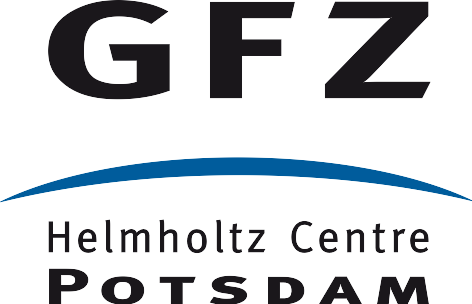

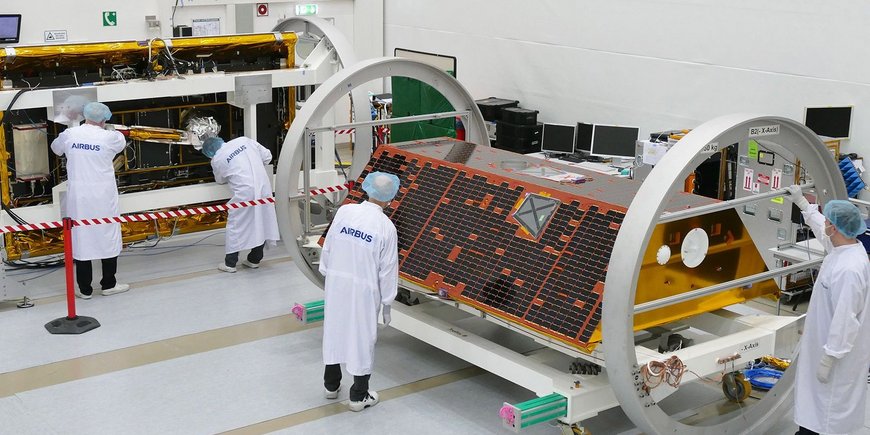
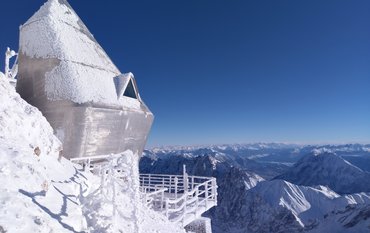
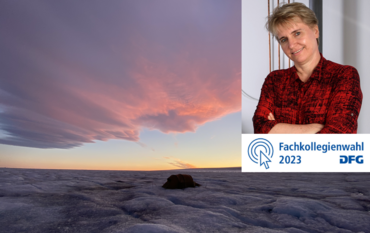

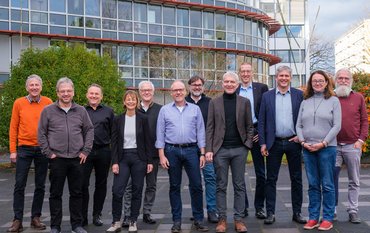
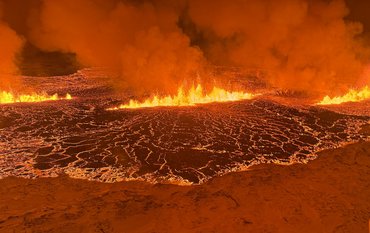
![[Translate to English:] Torsten Sachs in front of a climate station on a field](/fileadmin/_processed_/3/9/csm__TorstenSachs_bearbeitet_GS_4a1365ef84.jpeg)

![[Translate to English:] left image flood at the Ahrtal: image from above, several houses are flooded; left image:: Heidi Kreibich;](/fileadmin/_processed_/4/4/csm_Bild2_9af0130e9f.png)
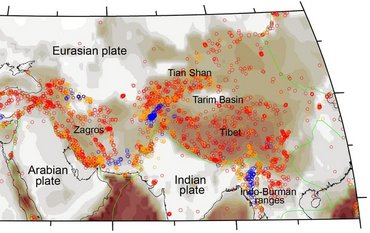
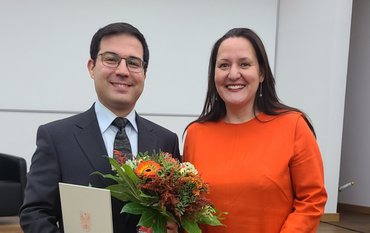
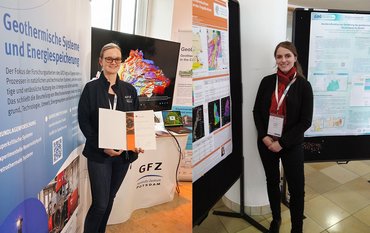
![[Translate to English:] Start der Vega Rakete](/fileadmin/_processed_/6/4/csm_20231201-kachel_Vega-VV23-launch_ESA-CNES-Arianespace_706716b68c.jpeg)
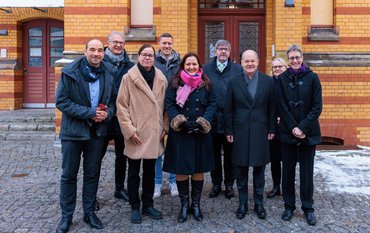
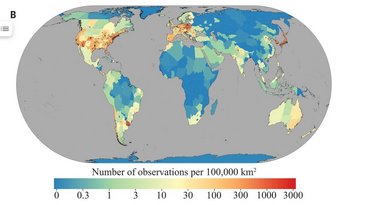
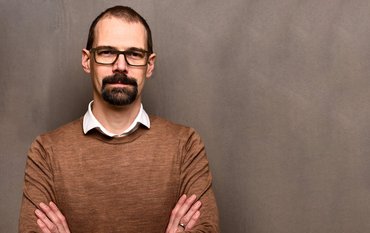

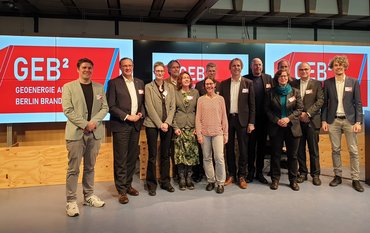
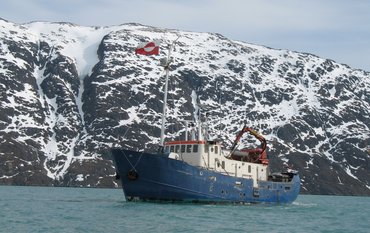
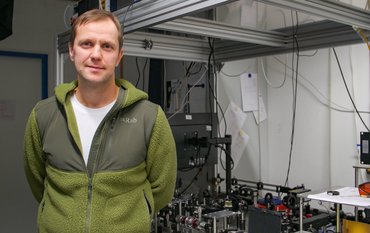
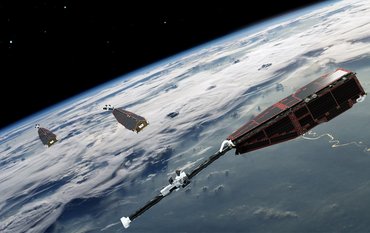
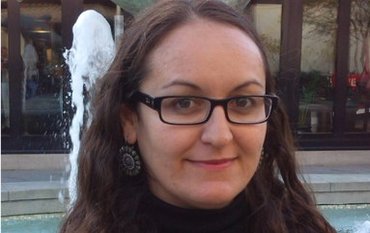
![[Translate to English:] Poster exhibition at the Brandenburg Hydrogen Day at the GFZ, some participants in the foreground](/fileadmin/_processed_/6/5/csm_Erster_Brandenburgischer_Wasserstofftag_GFZ_402fcec95e.jpeg)
![[Translate to English:] Group picture of the participants](/fileadmin/_processed_/9/4/csm_20231108_CAWa-Workshop-Tashkent_Gruppenbild_99ea779d8a.jpeg)
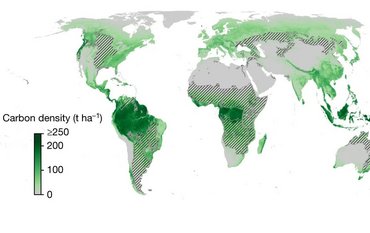
![[Translate to English:] [Translate to English:] Hörsaal](/fileadmin/_processed_/e/6/csm_H%C3%B6rsal_e21ac645fb.jpeg)
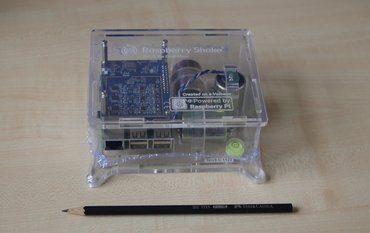
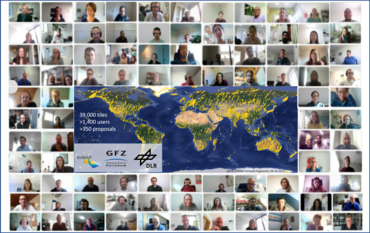
![[Translate to English:] The Delegations in the Historic Library on the Telegrafenberg. In the back there are from left to right, the Dutch Ambassador for Germany, Ronald van Roeden, the Dutch Minister for Education, Culture and Science, Robbert Dijkgraaf and the scientific director of the GFZ, Susanne Buiter.](/fileadmin/_processed_/d/b/csm_Kachel-2_9eba4b4212.jpeg)
